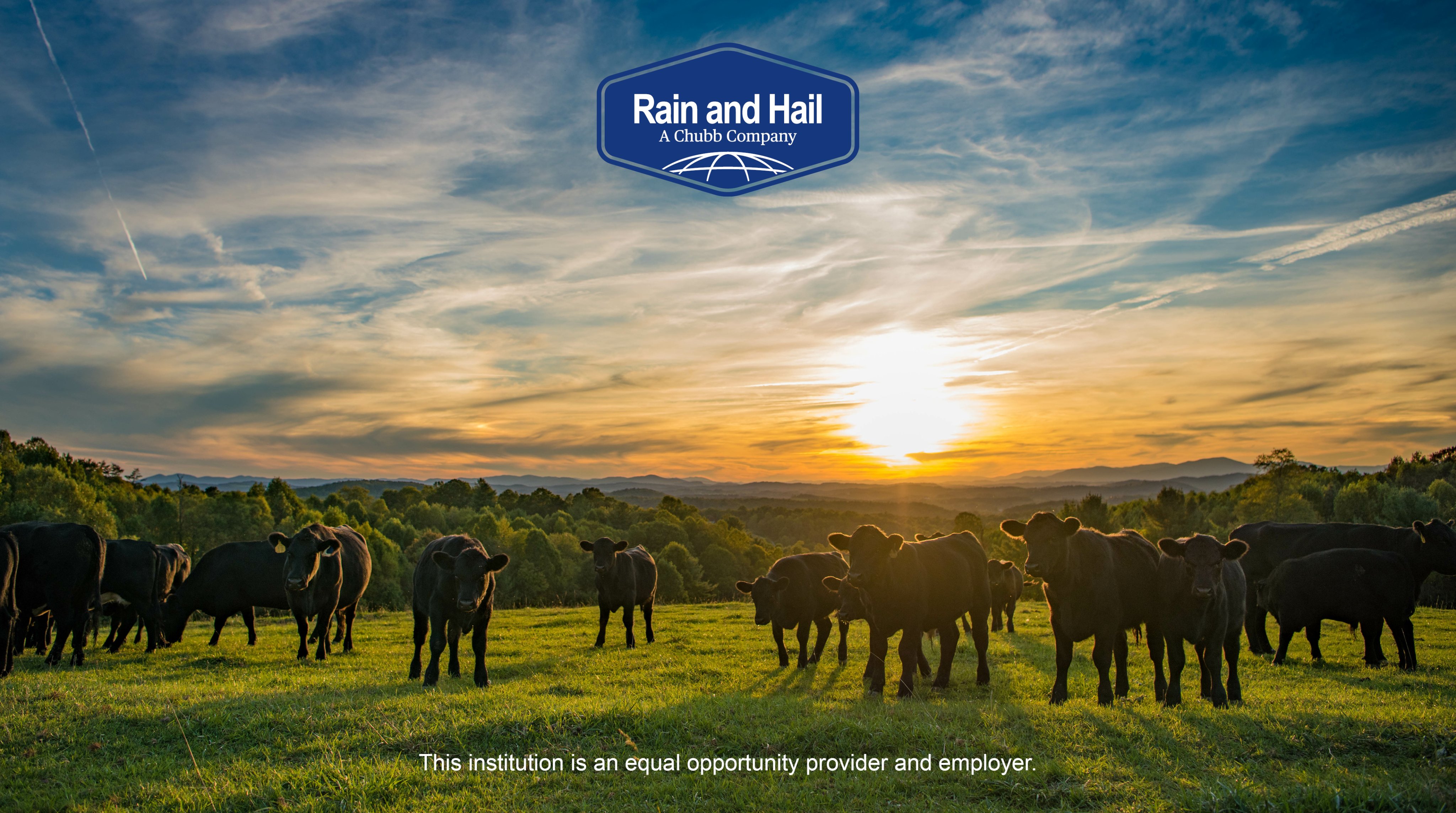Navigating Organization Risks with Bagley Risk Management
Navigating Organization Risks with Bagley Risk Management
Blog Article
Recognizing Animals Threat Security (LRP) Insurance: A Comprehensive Overview
Browsing the world of livestock danger security (LRP) insurance policy can be a complex endeavor for numerous in the agricultural market. From just how LRP insurance functions to the different protection choices readily available, there is much to reveal in this thorough overview that can possibly form the method livestock producers approach threat management in their services.

How LRP Insurance Functions
Periodically, comprehending the mechanics of Livestock Danger Protection (LRP) insurance coverage can be intricate, yet breaking down how it works can offer clearness for farmers and herdsmans. LRP insurance policy is a danger monitoring device created to shield animals producers against unanticipated rate declines. It's important to note that LRP insurance coverage is not a profits warranty; rather, it concentrates exclusively on rate danger security.
Eligibility and Protection Options

When it comes to insurance coverage alternatives, LRP insurance policy supplies producers the flexibility to choose the protection level, protection duration, and endorsements that finest fit their danger administration requirements. By comprehending the eligibility criteria and coverage alternatives offered, livestock producers can make informed choices to manage risk effectively.
Pros and Cons of LRP Insurance Policy
When evaluating Animals Danger Security (LRP) insurance coverage, it is necessary for livestock manufacturers to evaluate the negative aspects and advantages integral in this danger management device.

One of the primary advantages of LRP insurance policy is its ability to provide protection versus a decrease in animals rates. Additionally, LRP insurance coverage offers a level of adaptability, allowing producers to customize protection degrees and plan periods to fit their certain needs.
Nevertheless, there are additionally some disadvantages to take into consideration. One constraint of LRP insurance policy is that it does not safeguard against all kinds of dangers, such as condition episodes or natural disasters. Moreover, premiums can sometimes be costly, specifically for manufacturers with huge livestock herds. It is important for producers to thoroughly evaluate their individual threat exposure and financial scenario to establish if LRP insurance policy is the best danger management device for their procedure.
Understanding LRP Insurance Policy Premiums

Tips for Optimizing LRP Conveniences
Taking full advantage of the advantages of Animals Risk Protection (LRP) insurance policy requires critical preparation and proactive danger management - Bagley Risk Management. To make the many of your LRP protection, consider the complying with pointers:
On A Regular Basis Analyze Market Problems: Stay informed about market fads and price changes in the livestock market. By monitoring these elements, you can make enlightened choices regarding when to purchase LRP coverage to protect versus possible losses.
Establish Realistic Protection Levels: When selecting coverage levels, consider your production costs, market worth of livestock, and prospective risks - Bagley Risk Management. Establishing practical coverage levels ensures that you are effectively shielded without paying too much for unnecessary insurance
Diversify Your Coverage: Rather than relying entirely on LRP insurance, consider expanding your danger management strategies. Incorporating LRP with other danger monitoring devices such as futures agreements or options can offer extensive protection against market uncertainties.
Review and Adjust Insurance Coverage Regularly: As market conditions transform, occasionally review your LRP protection to ensure it straightens with your existing threat exposure. Readjusting insurance coverage levels original site and timing of acquisitions can assist enhance your risk defense method. By complying with these tips, you can maximize the advantages of LRP insurance and safeguard your livestock procedure versus unexpected risks.
Verdict
Finally, click for info animals risk defense (LRP) insurance is a beneficial device for farmers to manage the monetary threats related to their livestock procedures. By comprehending exactly how LRP works, eligibility and protection options, in addition to the benefits and drawbacks of this insurance policy, farmers can make educated choices to protect their incomes. By meticulously taking into consideration LRP premiums and carrying out strategies to maximize benefits, farmers can alleviate prospective losses and make certain the sustainability of their operations.
Livestock manufacturers interested in obtaining Livestock Risk Security (LRP) insurance coverage can discover an array of eligibility standards and insurance coverage options customized to their specific livestock procedures.When it comes to insurance coverage alternatives, LRP insurance uses manufacturers the adaptability to select the insurance coverage degree, insurance coverage duration, and recommendations that ideal suit their threat administration demands.To realize the complexities of Livestock Risk Protection (LRP) insurance coverage fully, understanding the elements influencing LRP insurance costs is critical. LRP insurance costs are figured out by various elements, including the coverage degree chosen, the anticipated rate of livestock at the end of the insurance coverage duration, the type of animals being guaranteed, and the size of the coverage duration.Review and Readjust Insurance Coverage Consistently: As market problems alter, occasionally examine your LRP protection to ensure it straightens with your present danger direct exposure.
Report this page